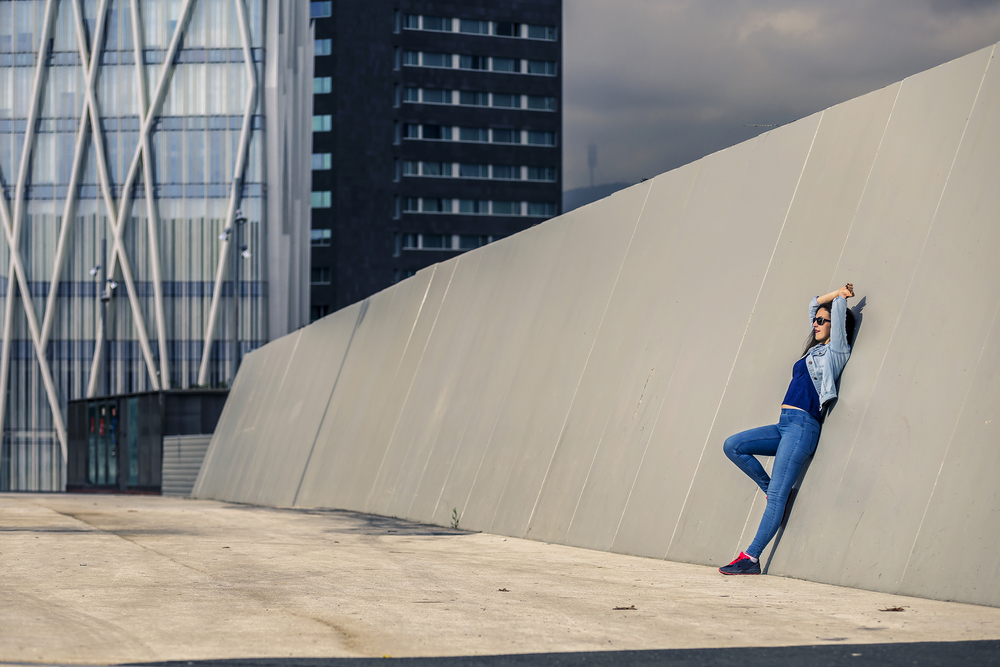

3.2) The Eiffel Tower NIKON D7000 + 24mm f/1.4 24mm, ISO 800, 1/30, f/1.4Įveryone knows that the Eiffel Tower is a huge, magnificent structure. It’s a large buffer around them, and it has a huge impact on the mood of this picture.

They are, essentially, floating in a void of negative space. Everything else in the image is negative space, fading into the background.Ĭomparatively, the subjects are dwarfed by their surroundings. Only two parts of the image attract significant attention at all: the dragonfly and the plant. The photograph is very empty - even minimalistic.

This is a clear example of a negative space composition. It might even be more important, since it’s a good place to start if you want to capture simple, effective images.īelow are some examples of negative space photos and what makes them so effective. Negative space is equally important in the world of photography. The photo works because the crowded composition matches the crowded nature of the city itself.Įvery part of this image attracts attention, but none stands out significantly more than the rest. My goal here? I wanted to show the crazy, busy jumble of interesting architecture in Paris. It’s a very chaotic picture - and that’s the point. The entire image has details from top to bottom, without any clear background at all. This photo is a textbook example of extreme positive space. The same is true for the center of the tree trunks, which have very little detail in their darkest regions - but, again, only cover a fraction of the photograph. Other than that, most of the photo has high levels of texture and detail. You could argue that some of the blue-lit trees in the distance fit that description, which is fair, but they don’t take up much of the image.

In this example, plenty of leaves and tree trunks across the image all attract attention. There’s no unified “background” here. Below, I’ll show a couple images with high amounts of positive space, and I’ll explain what makes them that way. Some photos have more positive or negative space than others. These concepts always apply, no matter the photo. You won’t always take pictures of silhouettes with such obvious regions of positive and negative space, but my hope is that this image sets the stage for more complex compositions. It’s similar to the words on a page of paper. That makes them positive space, while the sky is negative space. Take a look at the picture below: The tree and bird stand out very strongly from the background. So, words are positive space, and the background is negative space. Words pop out at us, and the background doesn’t. The simplest example is writing on a page of paper.


 0 kommentar(er)
0 kommentar(er)
